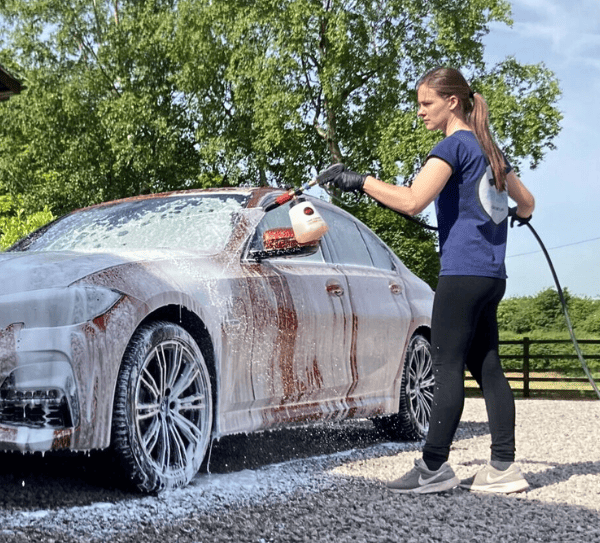If you’re looking into machine polishing your car for the first time, then you’ve probably heard the terms rotary polisher, and dual-action (or DA) polisher, thrown around a few times. But which should you choose?
In this article, I’ll take you through the differences between rotary and dual-action polishers, and explain when to use which and help you decide which is best for you. So let’s get started.
The Quick Answer
Dual-action polishers rotate in two circular directions, whereas rotary polishers only spin in one direction, causing a faster build-up of heat and friction. The risk of “burning through” the paintwork is lower with a dual-action polisher so they are considered safer for beginners.
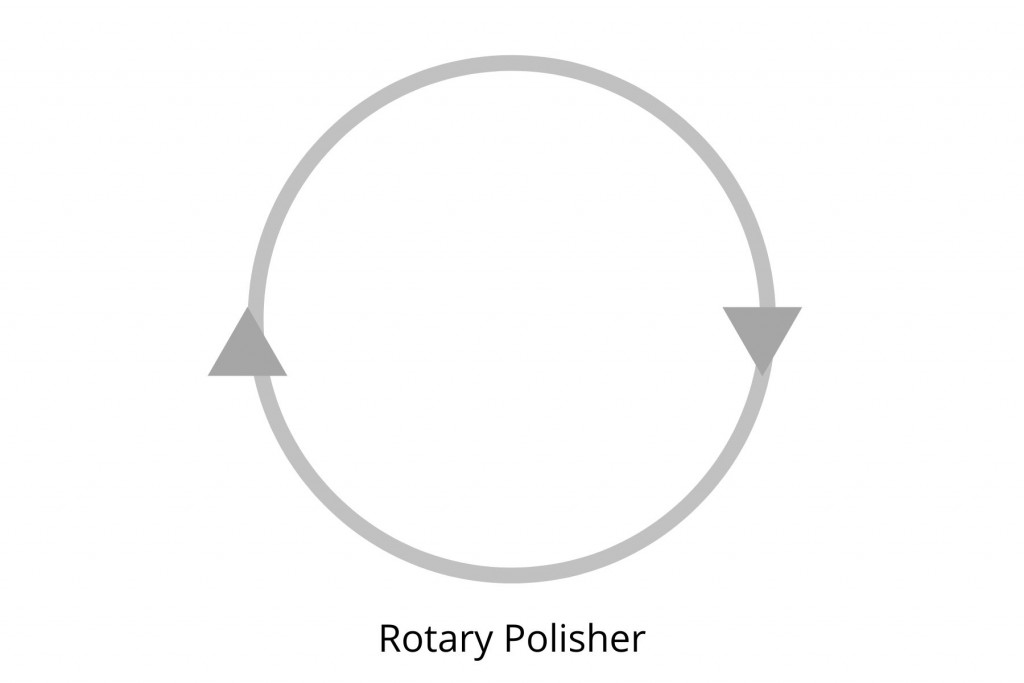
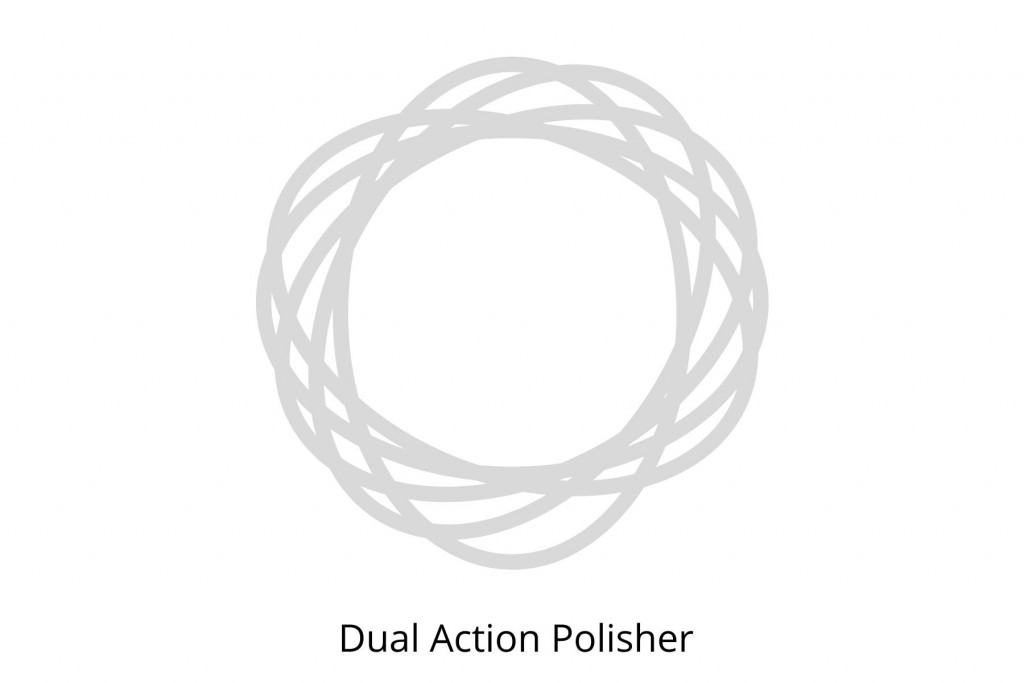
If you’re planning on machine polishing your car, make sure you check out my complete polishing checklist to ensure you have all the essential equipment.
Machine Polishing 101
First, let’s start off by talking about machine polishers in general, and what they actually do.
Put simply, machine polishing removes a layer of clear coat. The intention is the flatten the surface and remove clear coat scratches and swirls so light reflects evenly, giving the paint a glossy wet look.
There are plenty of variables to consider when machine polishing, for example:
- The type of polisher (rotary or DA)
- Speed of the machine polish (number of rotations/time)
- The pad e.g. microfiber or foam, and also the hardness
- The buffing liquid (compound or polish)
There are risks to machine polishing a car. The main risk, is cutting away too much clear coat. If you are too aggressive, then you risk removing the clear coat entirely.
Of course, this would be a huge issue. The clear coat is designed to protect the base coat (colour), from UV rays, contaminants and corrosion. So if you remove this protective layer, not only will the finish lose all its gloss, but the colour coat will fade very quickly.
Machine polishing your car needs to be about balance. You need to know how much clear coat you can remove safely, to refine the finish. Sometimes, it’s best to leave some of the damage in, to avoid cutting the clear coat down to a dangerous level.
Check out this article I’ve written about polishing and compounding safely before you use any kind of machine polisher.
So why am I talking about all this now then?
Well, one of the most important distinctions between rotary and dual action polishers, is how quickly they “cut” (remove) the clear coat. Let’s go into each type in some detail, starting with the rotary.
Quick Note on the Structure
To properly understand the difference between DA and rotary polishers, you need to know a little bit about the structure of a machine polisher.
Here are the main areas to consider:
- Backing plate: this connects the axis to the pad e.g. microfiber or foam.
- Head: this refers to the backing plate and pad all-together.
- Axis: this links the handle and the backing plate to control the rotation of the head.
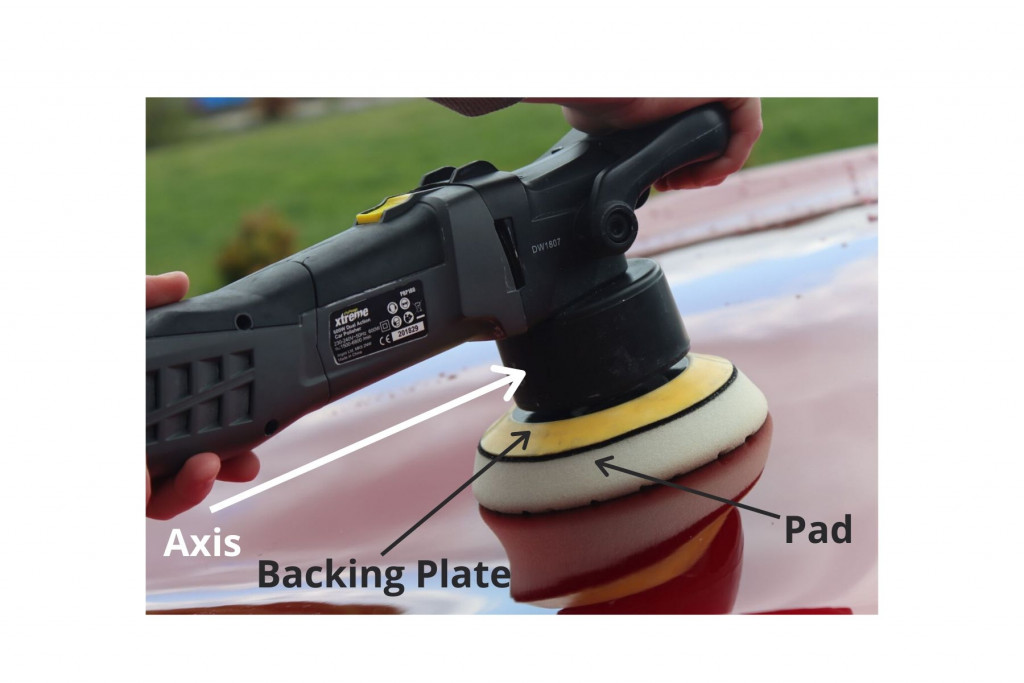
Rotary Polishers
Rotary machine polishers are the most simple of the two types. The main thing to note, is that the head spins on a single axis in an even, circular motion.
Take a look at this diagram.
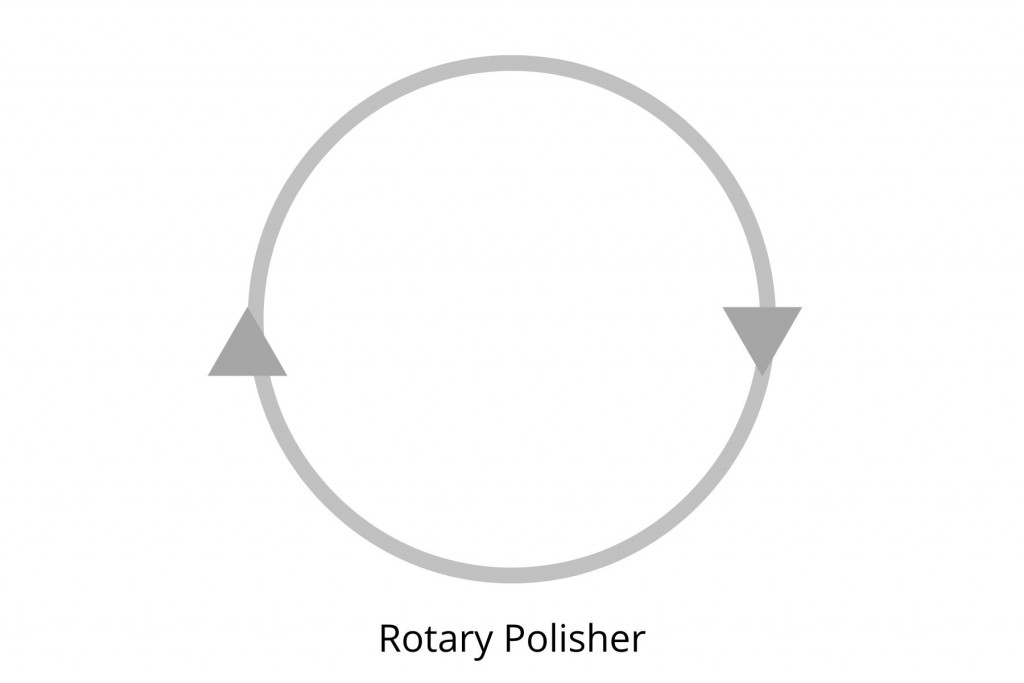
So what does this mean?
Well, since all the energy is concentrated to one circular motion, heat and friction build up more quickly.
This is good if you want to cut out severe damage in the clear coat. However, the main drawback, is that you risk removing too much of the clear coat.
That’s why rotary polishers are often only used by professionals who have more experience and know how to cut out severe damage safely, without removing an unnecessary amount of clear coat.
Because rotary polishers are more aggressive, it can be hard to refine the paintwork so that it’s completely flat if you are less experienced. Rotary polishers are more likely to leave “hazing”, so you sometimes need to refine the finish using a DA.
Key Points:
- Rotary polishers rotate in one, circular direction.
- This builds up heat and friction.
- They cut the paint quickly so are more risky to use safely, but remove deeper clear coat scratches.
Dual Action Polishers
Dual action polishers (also known as DA polishers) work differently. Instead of the head unit only rotating in one circular direction, DA polishers spin in two different ways.
A dual action polisher head spins on two axles, rather than one.
- It spins in a circular motion (like the rotary).
- But it also has an off-centre connection which makes the polisher shake. This creates smaller circular motions within the head.
Take a look at these diagrams.
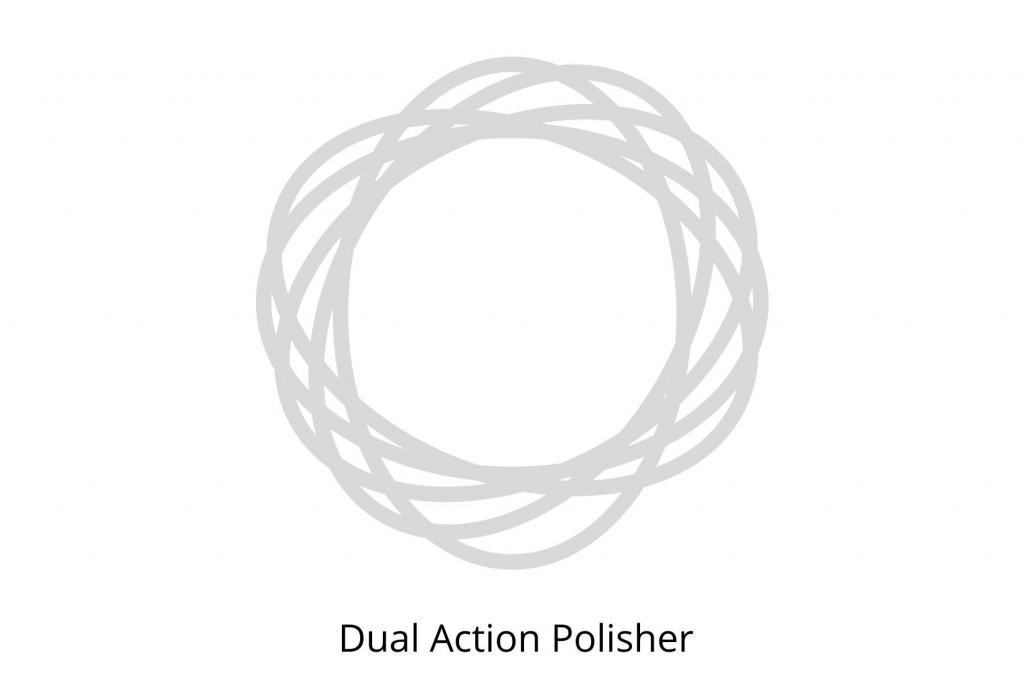
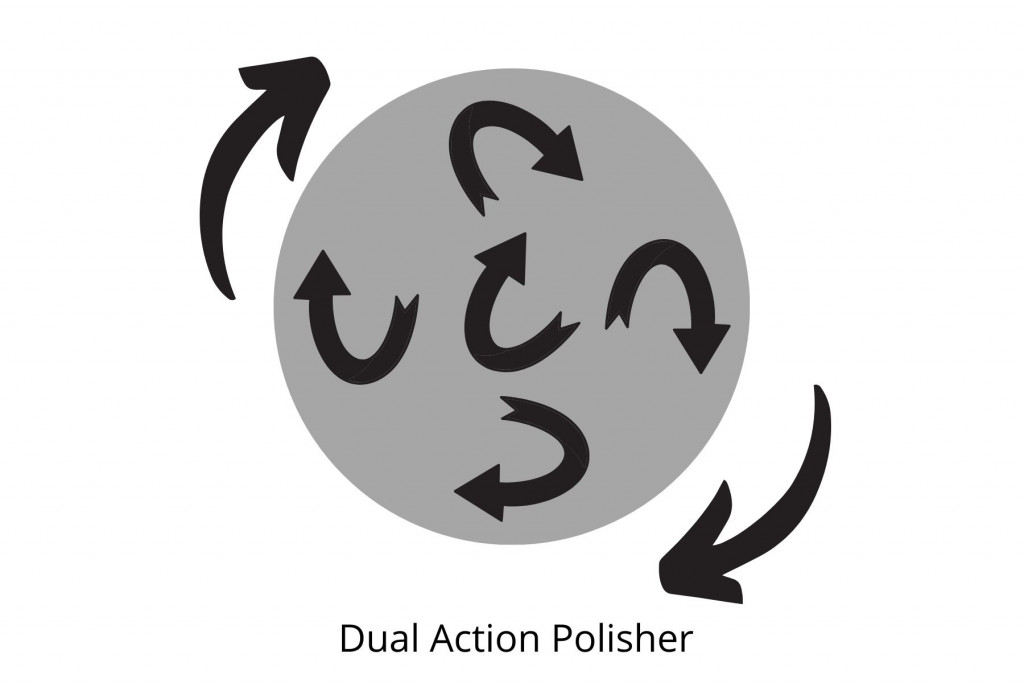
This means that heat and friction doesn’t build up as quickly when using a DA. So the paint won’t cut as fast.
This makes it a safer option to avoid removing unnecessary levels of clear coat, but can be harder to remove more severe damage.
Key Points:
- Dual-action polishers spin in two directions.
- Less heat and friction builds-up so the paint cuts slower.
- They are the safer option for beginners.
Which Should You Use?
So which is better, a dual-action or a rotary polisher? Here’s a quick comparison of each method.
| Rotary | Dual Action |
| Higher risk of “burning” through the paint | Low risk of “burning” through the paint |
| Should only be used by experienced polishers | Can be used by beginners and pros |
| Spins in one direction | Spins in two directions |
If you’re a beginner to polishing, then always choose a dual-action polisher, don’t use a rotary. The risks of burning through the paint are far higher when using a rotary.
With dual-action polishers, you are unlikely to cause damage unless the car has very little clear coat to begin with.
That doesn’t mean that only beginners use DA’s though. Many professional detailers will use a DA over a rotary.
So for anyone reading this article, that came because they didn’t know the difference between the two polishers, always go with a DA.
Rotary polishers are only really used by professionals who have very limited time and know exactly what they’re doing.
Check out my complete machine polishing checklist for all the equipment you’ll need if you’re planning on correcting or enhancing your car’s paintwork.
Thanks for reading! I hope you’ve found this article helpful. Don’t forget to check out the rest of the website to answer all your detailing questions.

